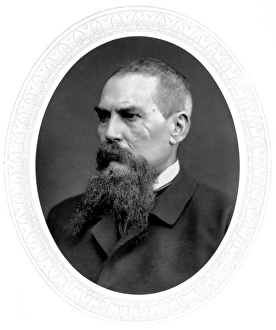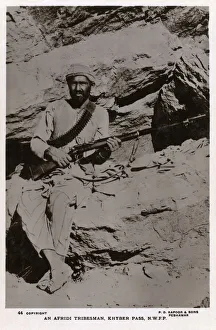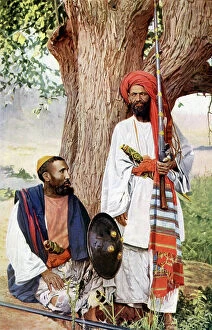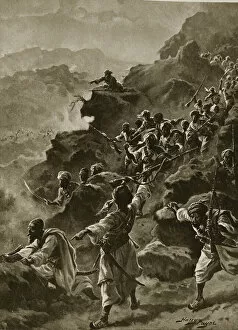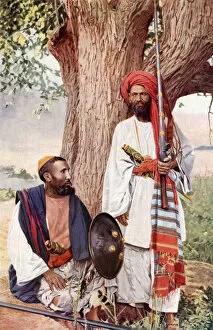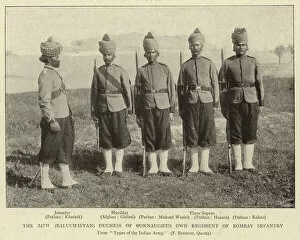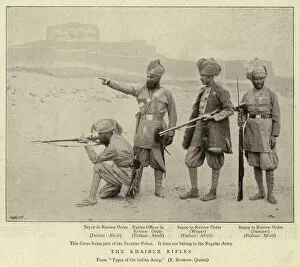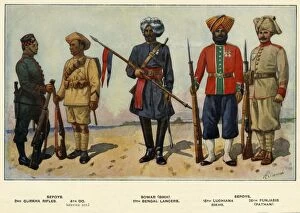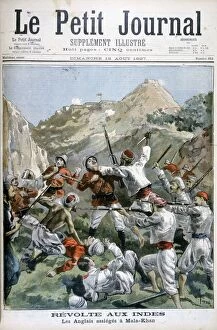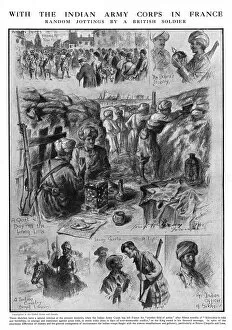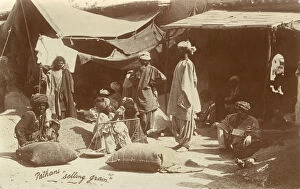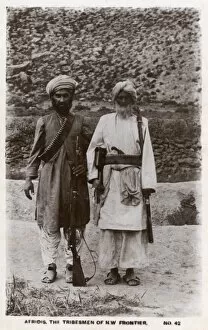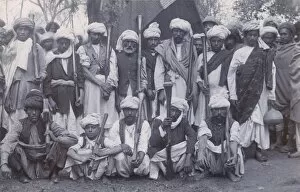Pathan Collection
"Pathan: A Glimpse into the Rich Tapestry of a Proud Warrior Culture" The Pathans, also known as Pashtuns
All Professionally Made to Order for Quick Shipping
"Pathan: A Glimpse into the Rich Tapestry of a Proud Warrior Culture" The Pathans, also known as Pashtuns, are an ethnic group with a storied history that stretches back centuries. Renowned explorer Sir Richard Francis Burton once described them as fierce and noble warriors, embodying the spirit of adventure and resilience. Intriguingly, one can find the essence identity in various aspects of their lives. From the Afridi tribesmen guarding the treacherous Khyber Pass in NWFP to Sarwani soldiers displaying unwavering loyalty on battlefields, their courage knows no bounds. Delving deeper into their vibrant culture, we encounter Pathan dancing girls captivating audiences with graceful movements in Peshawar, Pakistan - NWFP. Their performances reflect both tradition and modernity intertwining effortlessly. However, not all encounters have been peaceful throughout history. The assassination of Lord Mayo serves as a stark reminder of turbulent times when clashes between colonial powers and indigenous communities were commonplace. Cassells Illustrated History of England provides us with an engraved illustration depicting this tragic event. Yet amidst turmoil, individuals like Irfan Pathan emerge as beacons of hope for future generations. This talented cricketer from India showcases how Pathans excel beyond borders and make significant contributions on global platforms. The mention of raids by Afridis reminds us that bravery is deeply ingrained within these tribes' DNA. Lithographs capture moments where they fearlessly defend their land against any threat that may arise. Photographs offer glimpses into everyday life among Afridis and other Pathan tribes – snapshots filled with vibrant colors showcasing unity amidst diversity; proof that cultural heritage remains strong despite changing times. A Camel Tale transports us to the frontier regions where camels play integral roles in daily life – symbolizing resilience while traversing arid landscapes alongside proud Pathans who call these lands home.

